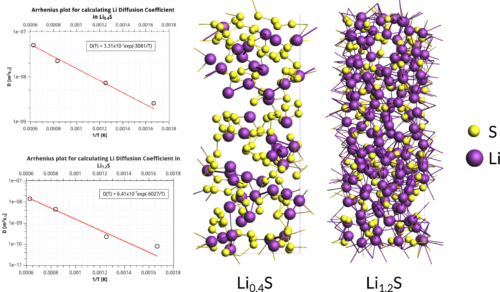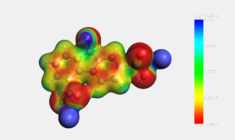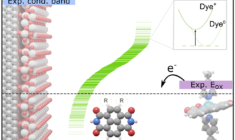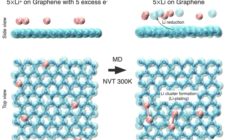Modeling Batteries and Photovoltaics
The Amsterdam Modeling Suite is a powerful computational chemistry tool to study batteries and photovoltaic materials such as dye-sensitized solar cells. The many analysis tools to study charge (transfer), orbital levels, band structure and spectroscopic properties give detailed insight in molecular and material properties to guide innovation.
Recently, ReaxFF has been used study discharge processes including charge carrier diffusion as well as unwanted side reactions in the electrolyte. The newly developed eReaxFF, can treat electrons and holes explicitly to study complex processes in batteries at the atomistic level. The polarizable force field Apple&P specifically targets modeling dynamical properties of electrolytes and ionic liquids.



